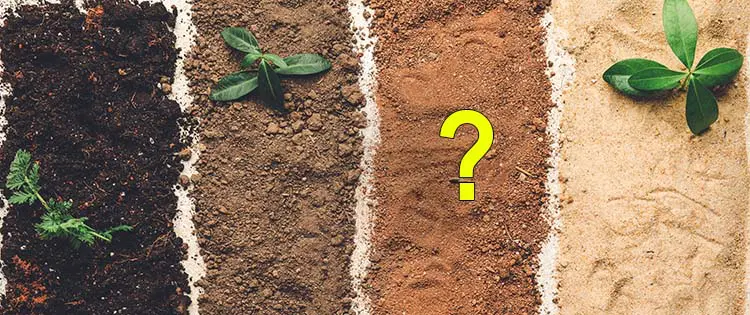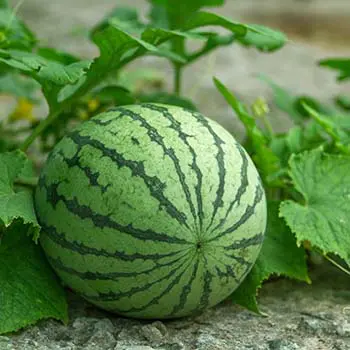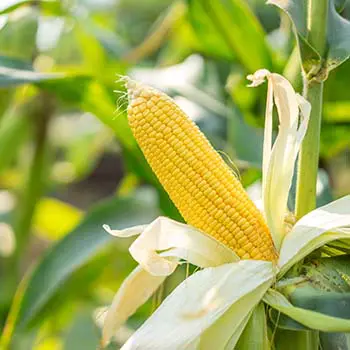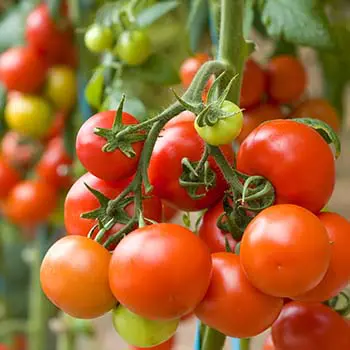While many of us take for granted that sticking a seed in the soil and watering it will grow a plant, this isn’t always the case. For instance, shoving a watermelon seed in heavy clay soil will probably end up with a plant. That’s true.
Your single watermelon you might, maybe, if you’re lucky! get from that plant will also be smaller than the water bottle that you take to work on a daily basis.
The whys and hows of dirt. The whos and whats of choosing the correct seeds for the correct soil. If that’s what you’re after, I’ve got you covered! Let’s dig in!
Yeah, did you appreciate that pun? I know I did.
Sandy Soils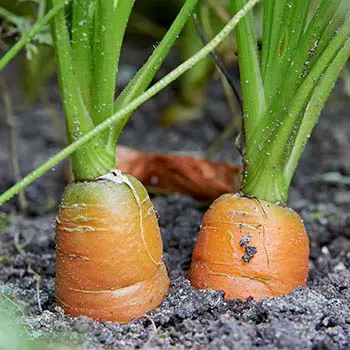
Underground plants generally love sandy soil. Why? It makes it easier for them to grow and expand. This includes things like carrots, turnips, potatoes, sweet potatoes, and some varieties of peanuts (though, if I’m being fully honest, peanuts are picky; check your variety and suggested growing measures!).
And while all of these are well and good, I know that all of you are shaking your head at me. There’s one plant in particular that you associate with very sandy soil. In fact, it grows incredibly well in straight play sand with good fertilizer included, so you believe. And what is it?
Say it with me, everyone.
Watermelons.
And you’re all wrong.
That’s right, watermelons prefer a different type of soil. And we’ll get to that momentarily. You may see some success in very sandy soils and they do prefer loose soil (hint, hint), but straight sand is likely too high a PH for them to enjoy. Watermelons (and most melons) prefer slightly acidic soil. Sand is usually neutral to slightly alkaline!
Very Dark, Loose Soils
THIS is where we’ll see watermelons thrive along with everybody else in the melon family! Don’t get me wrong, we do still want to see some sand in this soil for drainage; like any good field, it does require a mix of soils to be the very best for our plant friends.
However, what you’ll want to see is some loamy, dark soil with extremely good drainage. I like to liken it to the gritty texture of fresh brownie batter. Or perhaps very wet and heavy brown sugar. You’re looking for an exceptional amount of drainage, but not so much that the plants have nothing to hold on to.
On top of that, you’re offering these heavy vines something to cling to when the wind or rain comes in drenching sheets and really tries to tear them up. This soil may not give you much of a footing, but it allows them to have it, and that’s what’s important.
The stuff that isn’t a fan of this kind of soil? The plants grow very tall. Corn in particular wants a soil that is heavier and harder to work with. Though it will grow anywhere, it really needs more to grip with to keep such a tall plant upright. You’ll see this in some above-ground nightshades (such as tomatoes and eggplants), too. Though those are a bit more versatile.
Heavy, Clay Soils
Plants that are going to be very high adore heavy clay soil because it gives them a sense of security.
No, I’m not crazy. Studies have shown that plants like to feel as though they have a good “foothold” on things before they grow up, up, up towards the sky.
The best plants for very heavy clay soil are vegetables such as corn, beans, peas, and other high chute-y type vegetables that want to climb forever. If you want to do a Three Sisters-style planting, you’ll need to add some loamy soil to the bottom of the pile for the squash or zucchini; those vines aren’t the biggest fan of extremely heavy clay.
You can also use clay soil on a great deal of fruit vines and trees. In fact, most trees seem to really prefer the heaviest soil I’ve ever dealt with. The kind of stuff that sucks your boots off and that you could practically fire into a vase? Yeah, that’s what a lot of trees are after. I do recommend that you check with your growing guides for specific trees, but I personally know of a magnolia that would grow in absolutely nothing but the lousiest, most orange clay available on the property. After being planted there, it’s 35 ft tall and thriving.
Stony Soil
So what exactly is “stony” soil? Some of you are tilting your heads at this and I know you are. Let me explain. Stony soil is usually limestone-heavy and typically has a ton of calcium in it.
You see where this is heading.
If you have a lot of trouble tilling or you’re going to find a bunch of stones underground when you do try to till, I recommend planting one or two things: tomatoes or beans.
Either way, the roots of these plants will swallow down the nutrients that the stony soil has in droves and produce big, beautiful fruits (or pods) and grow simply enormous.
Stony soil is full of a lot of hard deposit nutrients. This means that you need plants that want the same elements to do their very best. While these are just two types of plants that will thrive in very stony conditions, these two do incredibly well and I cannot recommend them enough.
What isn’t a fan of stony soil? Well, I can’t recommend steering clear of underground plants enough. You haven’t lived until you’ve picked up a peanut plant, peeled away the outer shell, and broken a tooth on a pebble that is fully encompassed by a very tiny peanut that just happened to fall in love with it.
We don’t love it.
Final Thoughts
What about your local soil? What does it consist of? What do you grow in it and what would you personally avoid? I look forward to hearing from you in the comments down below and, as always, Happy Gardening!
You may also like:
How to Plant The Three Sisters Garden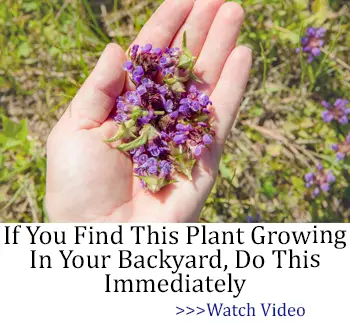
What Every Survivalist Should Grow in His Backyard (Video)

